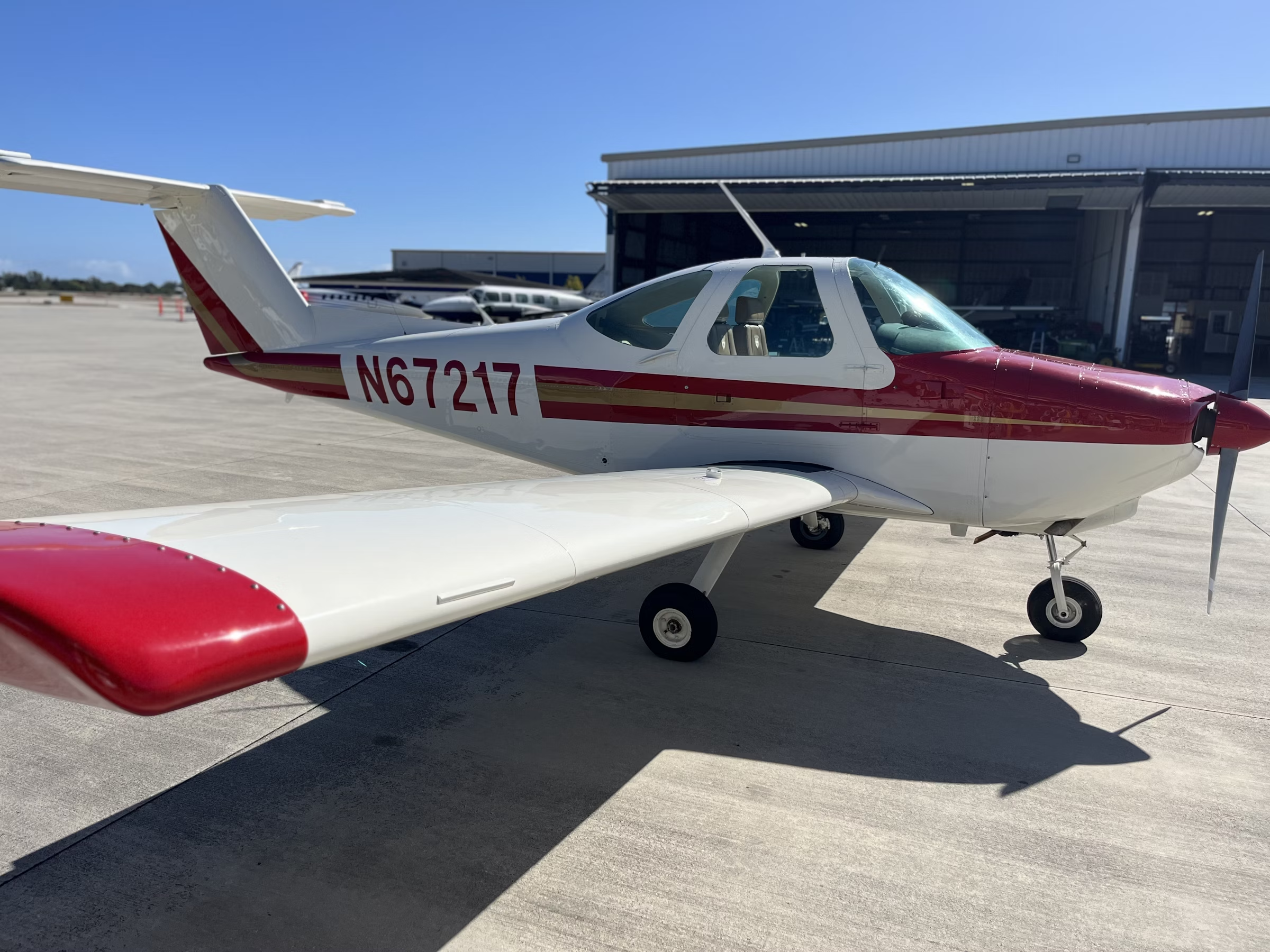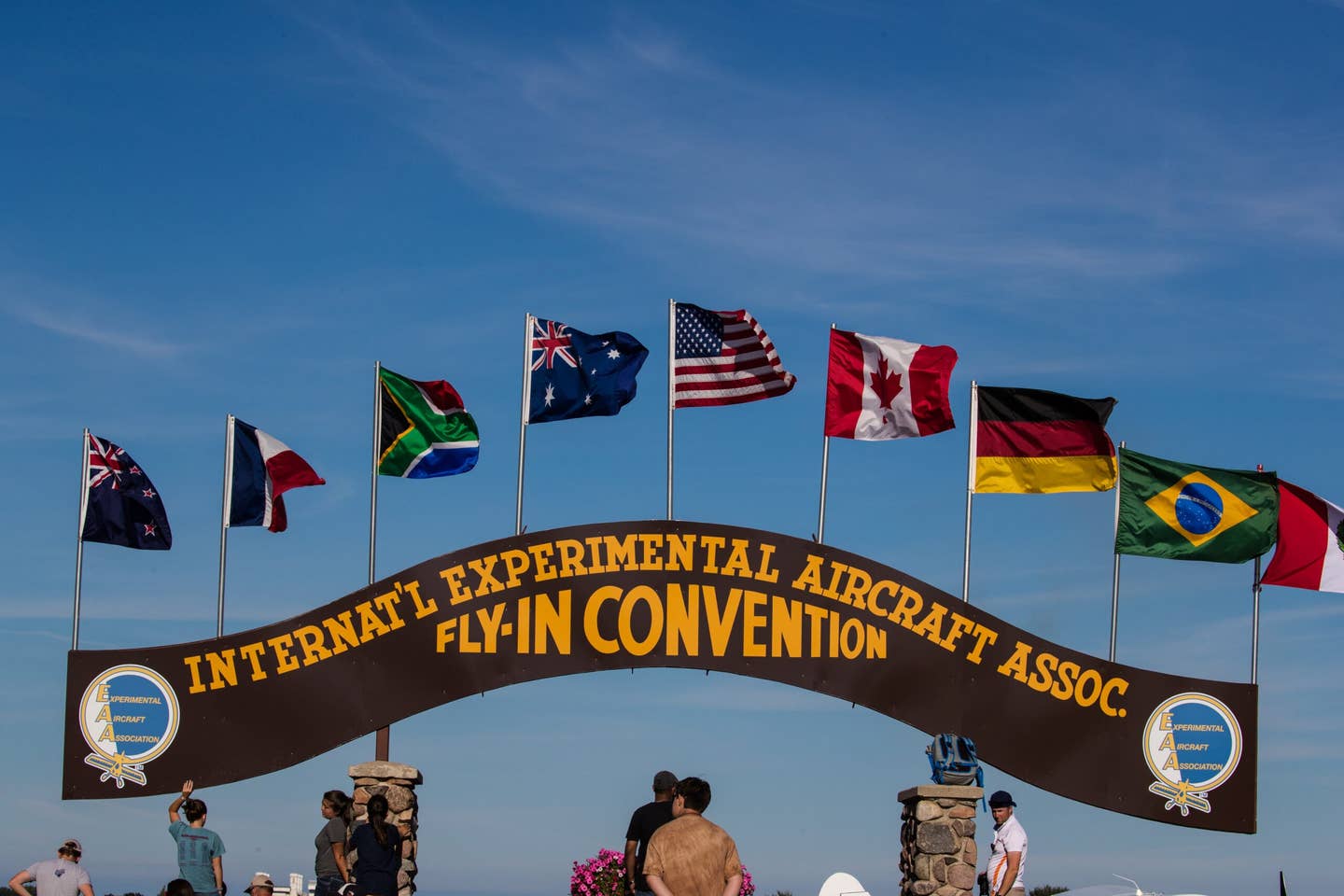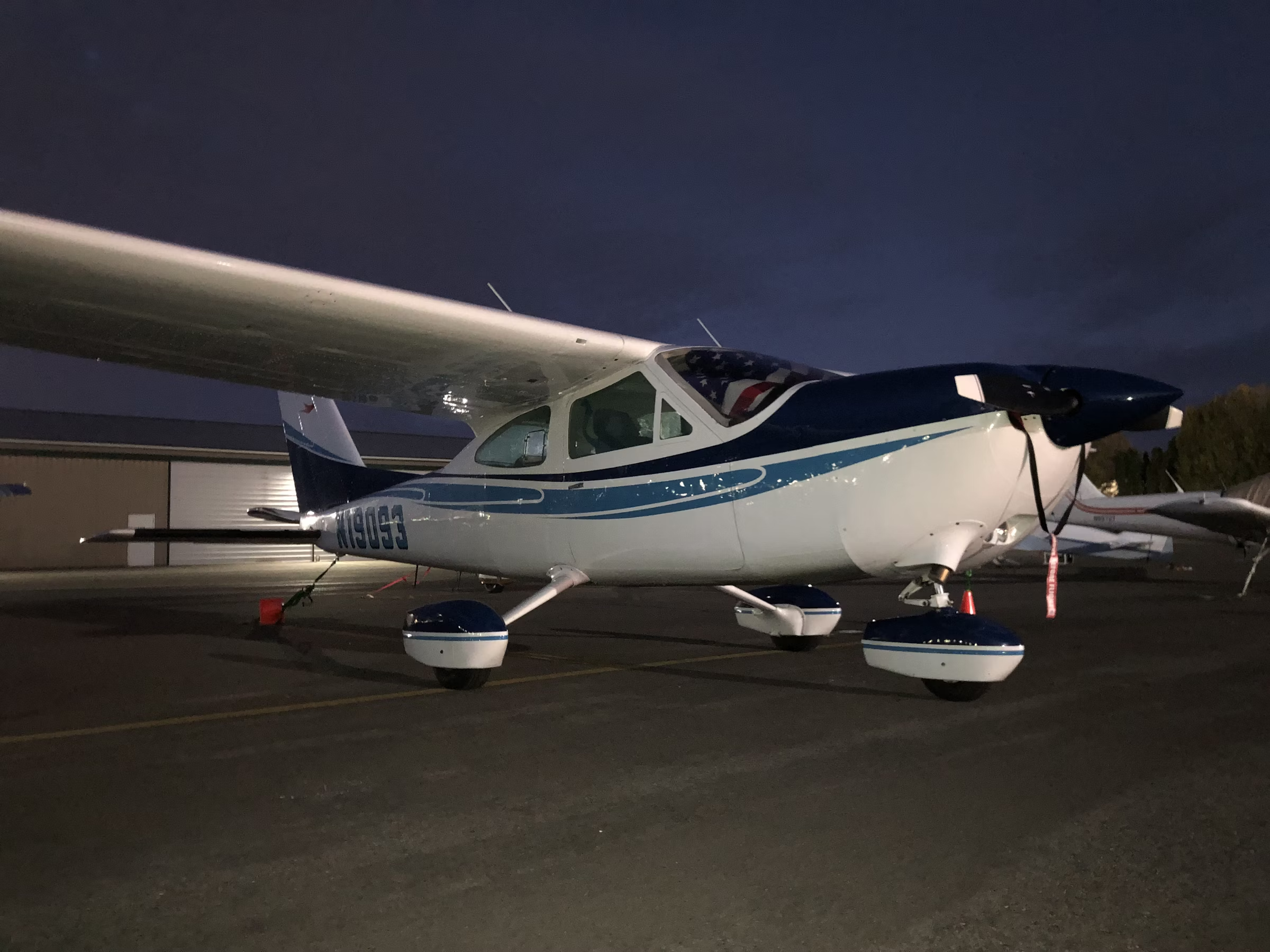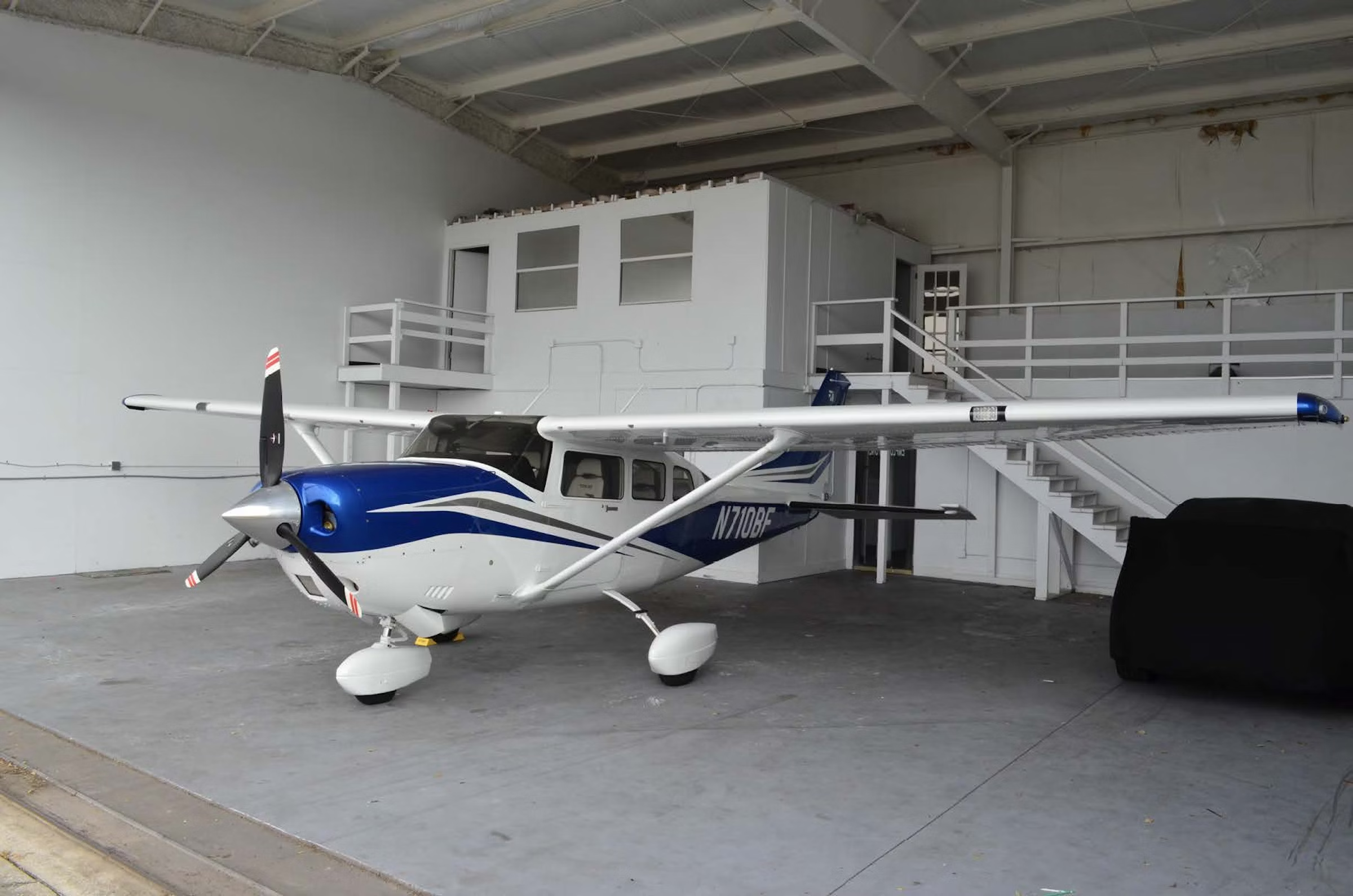Seeing Your Aircraft Through the Lens of Odd Mods
A Cessna 170 owner goes on a quest to find the most unusual FAA-approved modifications for his airplane. Here are the top five.
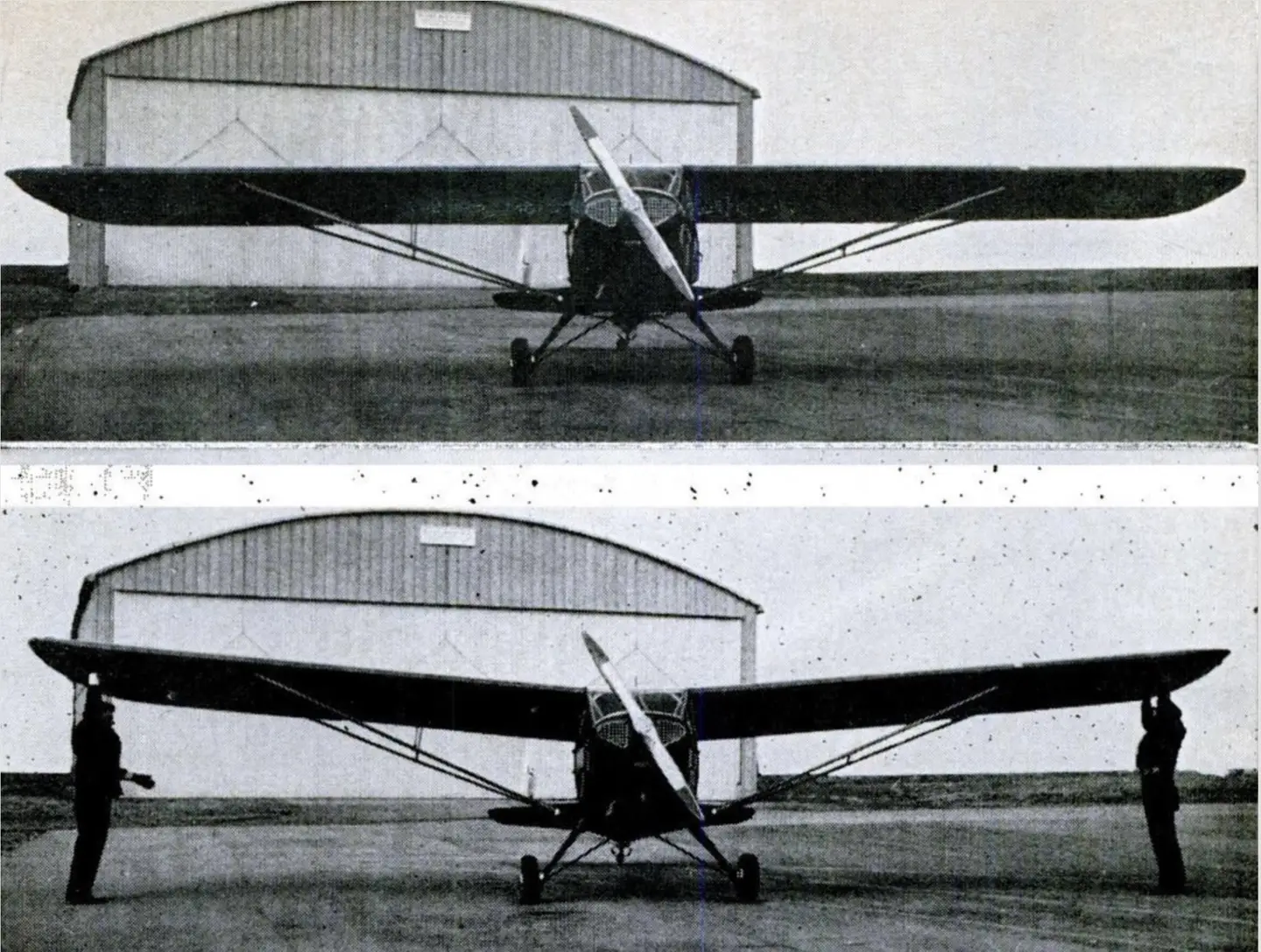
FAA approved for Cessna models 170 through 182, ‘Wings with Springs’ promised a smoother ride in turbulence. [Courtesy: Wings with Springs]
As any airplane owner quickly learns, most types can be modified to some extent through STCs, or supplemental type certificates. From higher-quality sun visors to additional fuel tanks to entirely different engines, an owner can customize their airplane to their liking—provided someone designed that modification, tested it thoroughly, and got it approved by the FAA.
Predictably, less common aircraft types tend to have fewer STCs to choose from. More popular types, however, might have several hundred that have been developed and offered over the years, particularly if the type was produced for a long period of time.
Curious about what STCs have been approved for my Cessna 170B since the type was introduced in 1952, I moseyed over to the FAA’s somewhat clunky STC database. There, I typed in “170B” in the model/series field and was presented with 377 results.
Fortunately, the list was downloadable, and I went to work sorting and exploring them to find the most unusual STCs of all.
Tricycle-Gear Conversion
The predecessor to the massively successful Cessna 172 Skyhawk was a taildragger that was nearly identical—the Cessna 170. But before Cessna introduced their tricycle-gear 172, a company called Met-Co-Aire spotted the untapped market and introduced a tricycle-gear conversion for the 170.
The end result was a Cessna 170 with tall, ungainly tricycle gear. The awkward look came from repurposing the existing main gear legs, simply moving them backward to continue their main gear duties in a different location. The tall gear legs necessitated a correspondingly tall nose gear, and the result is the aesthetic abomination seen here.
If it’s an abomination in terms of aesthetics, it’s doubly so in spirit. Gone is the elegant stance of the classic taildragger, and gone is the visual connection to aviation’s golden age. In their place comes increased stability on the ground and additional capability in crosswinds.
It’s unclear exactly how many Cessna 170s were converted in such a manner. What is clear is that all—or almost all—examples have since been converted back to their proper, original configurations.
Aftermarket Windshield Wiper
I have mixed feelings about this one. I want to hate it, and I want to ridicule it. But if I’m being completely honest, I do very much hate when my vision and focus suffer as I’m peering through a rain-covered windshield.
In 1961, a company called American Concorde Systems figured others would share this opinion. Accordingly, it spent the time and money necessary to have its aftermarket windshield wiper approved for over a dozen Cessna and Beechcraft types, including the 170 series. But to date, I can’t recall ever seeing such an installation in the wild on any of them.
It’s probably for good reason. Faced with the annoyance of water droplets on the windshield, I suspect a healthy treatment of Rain-X would solve 80 percent of the problem with none of the weight, complexity, or cost of installing an aftermarket wiper system. And if the system performs anything like its automotive counterparts, smeared bug guts would instantly create a near-total lack of forward vision.
But you’ve gotta love the creativity that drove such efforts in those days.
Cessna 170-Series Medevac Stretcher
When I discovered the AvFab “Cessna Stretcher” approved for installation in four-place 100-series Cessnas, as well as the 205, 206, 207, and 210, disaster relief and humanitarian aid efforts were the furthest thing from my mind. Instead, I immediately envisioned the ultimate Oshkosh camping solution.
Designed to replace the front passenger seat entirely, with the pillow area resting atop the rear bench seat, this stretcher is intended for the transport of individuals in need of medical treatment. But when I look at it, I see a solution that would eliminate the need for tents, cots, and sleeping pads at EAA AirVenture—a solution that would keep you high and dry no matter how strong the Wisconsin thunderstorms might be on any given year.
Alas, a closer look and a request for a price quote revealed disappointing news—the stretcher sells for a stupefying $8,794. Clearly, this item was priced with American medical insurance in mind. Not private aircraft owners. With that nine grand stuffed into my savings account, I think I’ll sleep just fine with my current tent setup.
Burglar Alarm System
The early 1990s were a wild time. Vanilla Ice was topping the charts, The Arsenio Hall Show was in full swing, and car audio installers were raking in cash from the installation of Alpine car stereos, Cerwin-Vega speakers, car phones, and car alarms. Equipped with such luxuries, all that was left was to lean back and look cool in your Ford Mustang 5.0.
GA aircraft largely escaped Vanilla Ice and 10-inch woofers—but not alarms. In 1991, a company called Thompson Aero Security secured an STC for a dedicated aircraft burglar alarm. Details are scarce, but the STC is mentioned in discussions and documents spanning a wide variety of aircraft types, from Cessnas to Citabrias to Swifts to Seabees.
Do I have any need for such an alarm system? Despite the investment I’ve got in my beautiful Garmin panel, I can’t imagine the wailing of a random obnoxious alarm would send many bystanders running to foil such a property theft crime. But then again, it would be pretty funny to walk toward a buddy on the ramp after parking, pull out a small keyring fob, press a button, and be rewarded with the chirp-chirp from my plane’s alarm system behind me.
‘Wings with Springs’
This one is downright insane. In the 1950s, a man named Earl Metzler devised a suspension system for aircraft wings. Marketing it as a gust alleviation system that provided a smoother ride, increased stability, easier “steep and quick turns,” and slower landings, he called his system “Wings with Springs” and, in 1964, was awarded an STC for Cessna 170 through 182 models.
The design frightens me. The wing spar is modified to incorporate hinges at the wing roots and oil-damped nitrogen-filled cylinders to the base of each wing strut. Sitting stationary on the ground, a visible droop is apparent, with each wing sagging noticeably. A company brochure states that, in flight, the “wing tip will elevate to three and one-half feet above the level position.”
Apparently, the system did indeed provide some measure of comfort in bumpy air. Nevertheless, not enough airplane owners were convinced that the benefit was worth adding additional parts, complexity, and potential points of failure to their wings, and by all accounts, only a handful of systems were sold and installed.
Today, there’s no evidence of any Wings with Springs systems remaining installed or in active use. But at least one Cessna 170B retains the STC approval despite being returned to its standard factory design…and the STC is still active on the FAA’s registry.
This means that the current STC holder could, in theory, resume production and sales of this crazy modification.

Sign-up for newsletters & special offers!
Get the latest FLYING stories & special offers delivered directly to your inbox

